Kotor - Kotorski Zaliv
Sightseeing near Kotor (Tabačina)
Latitude
42° 25’ 10.8” NLongitude
18° 46’ 1.7” EDescription
Kotor is one of the best preserved medieval cities on the Adriatic and double UNESCO World Heritage Site. UNESCO World Heritage is the natural bay with the cultural-historical region "Bay of Kotor" and the city of Kotor with the Venetian defensive works from the 16th and 17th centuries - the Stato da Terra and West Stato da Mar.
The city at the foot of the 1749m high Stirovnik mountain houses numerous sights, such as the Romanesque St. Tryphon Cathedral from the 12th Jhd. It is the largest Romanesque church still preserved in the eastern Adriatic. Equally imposing are the old town and the defensive walls and fortifications, which extend over 4.5 km directly above the city and on the river Scurda.
The natural harbor offered favorable protection, which already attracted the Illyrians in the 3rd century BC, who were later followed by Greeks and Romans. In 168 BC Kotor was mentioned as Ascrivium; at that time the settlement by the Romans began. In the imperial period, the city initially belonged to the province of Dalmatia. Emperor Diocletian assigned Kotor to the newly formed province of Praevalitana at the end of the 3rd century.
In response to the migration of peoples, Kotor was strongly fortified in Byzantine times. First, Emperor Justinian had a fortress built at Ascrivium in 535. In 840, however, the city was sacked by a Saracen fleet. In 1242, the city was destroyed again, this time in the Mongol storm.
In the 14th century, Kotor had played such a major role in trade
in the Adriatic Sea that it came into competition with Venice and
the Republic of Ragusa (Dubrovnik). When after Tsar Dušan's death
(1355) the Serbian Empire, to which Kotor belonged for almost 200
years, disintegrated, the Venetians attacked, conquered and
destroyed the city in 1369. After brief Hungarian and Bosnian
affiliation, Kotor became an independent republic in 1391. During
this period it often had to fight out disputes with the Balšići. In
1420 the city placed itself under Venetian protection and lost more
and more independence. Since the 16th century, the Provveditore for
Venetian Albania had his seat in Kotor. In 1564 many buildings in
Kotor were damaged by a severe earthquake. In the 1667 quake, more
than half of all buildings were destroyed or damaged.
After the fall of the Republic of Venice in 1797, the city was
granted to Austria in the Peace of Campo Formio. From 1805 to 1814
the area was occupied by France. From 1815 Kotor was a county seat
in the Austrian crown land of Dalmatia. The Austrians developed the
port into a base for the imperial and royal navy. Kriegsmarine and
stationed there the IV Battalion of the Hungarian Infantry Regiment
No. 33. During World War I the Austrian submarines and ships were
moored in the bay. From February 1 to 3, 1918, the Cattaro Sailors'
Uprising took place here by sailors of the fleet that was mostly
condemned to inactivity. The sailors' revolt was one of the first
signs of the collapse of the Central Powers. It was also a
politically highly explosive precedent, reflecting the
revolutionary mood after the victory of the Bolsheviks in Western
Europe as well. The uprising involved 6000 sailors on 40 ships of
the Austro-Hungarian navy; they began raising red flags on February
1. The sailors disarmed the officers and formed sailor councils.
After the violent suppression, the ringleaders of the uprising were
summarily shot near Cattaro on February 11, 1918. Today, a memorial
plaque in the fortress refers to Frantisek Ras (Franz Rasch),
Jeroko Sizgoric, Mate Brnicevic and Anton Grubar. In
German-language literature, the uprising is known especially
through the drama The Sailors of Cattaro by playwright Friedrich
Wolf.
In1918, Kotor became part of the Kingdom of Yugoslavia. During World War II, the city and its war port were occupied by Italian troops in the course of the Balkan campaign in early April 1941 and annexed to the Kingdom of Italy with the surrounding countryside as the province of Cattaro in June 1941. After the Italian armistice with the Allies in September 1943, the 118th Jäger Division of the Wehrmacht occupied Kotor. Kotor was also an important war port during the Yugoslav period, especially in socialist Yugoslavia. With the dissolution of the military after the declaration of independence of Montenegro in 2006, all military facilities were abandoned.
Comments
You can add comments with the NV Charts App (Windows - iOS - Android - Mac OSX).
You can download the current version at nvcharts.com/app.
Buy nv charts covering this place Clicking one of the products will open the nv charts shop.
Places nearby
Related Regions
This location is included in the following regions of the BoatView harbour guide:
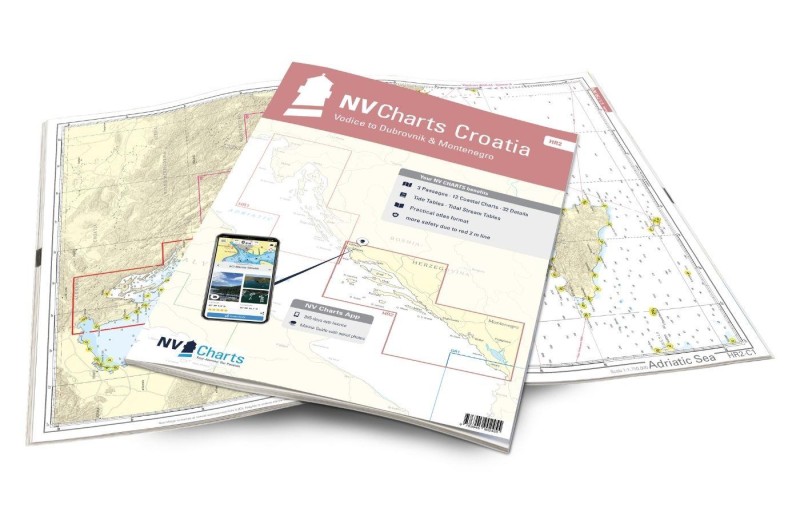
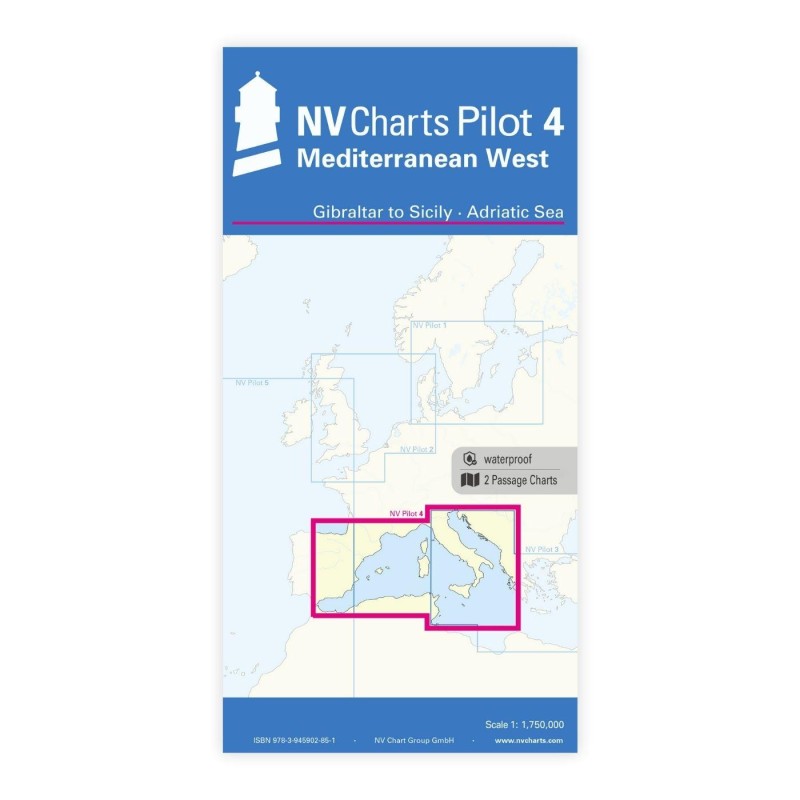
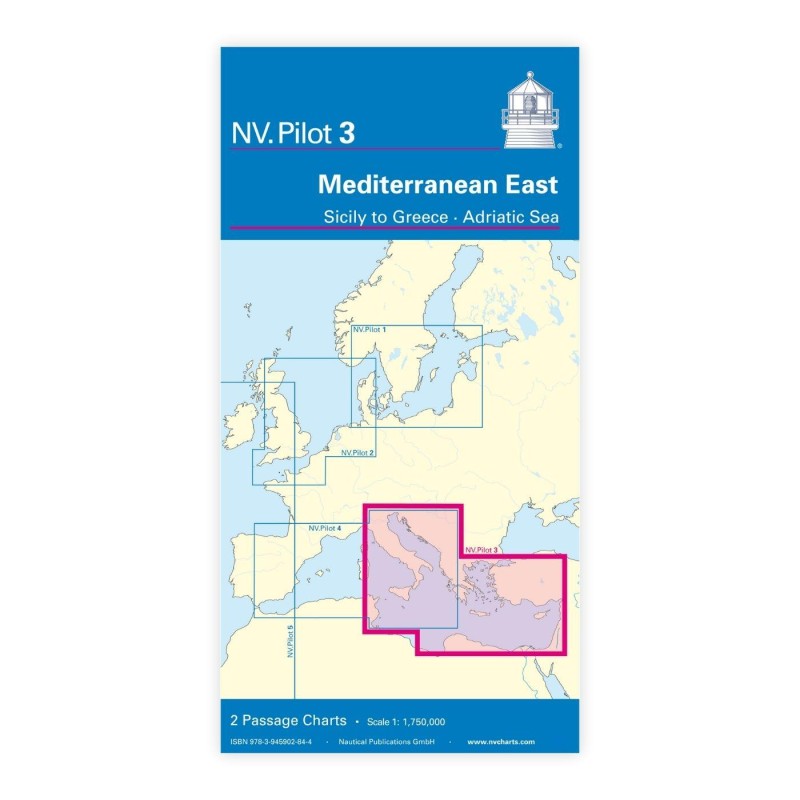
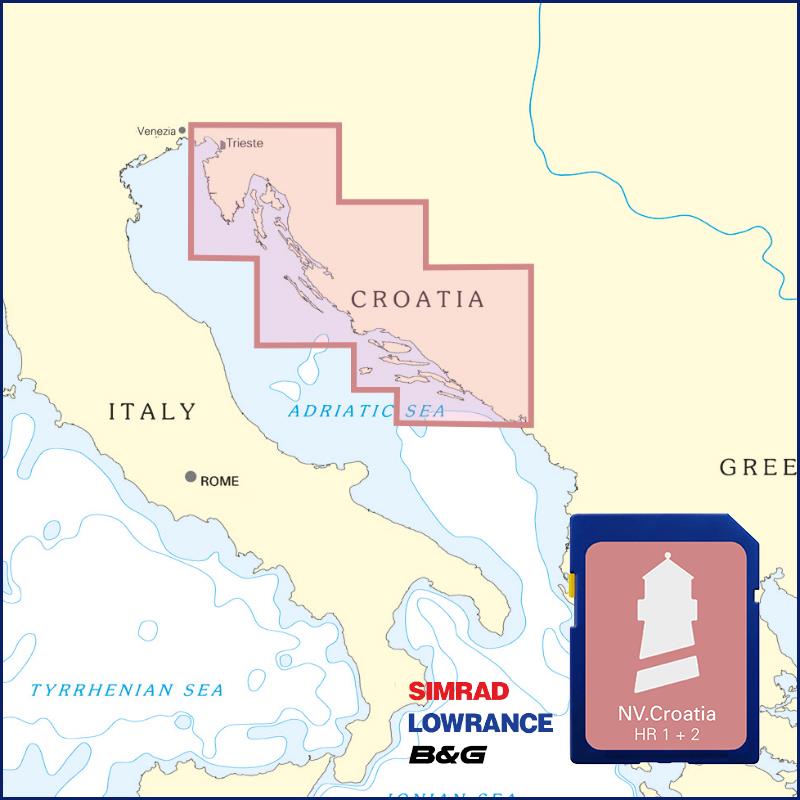
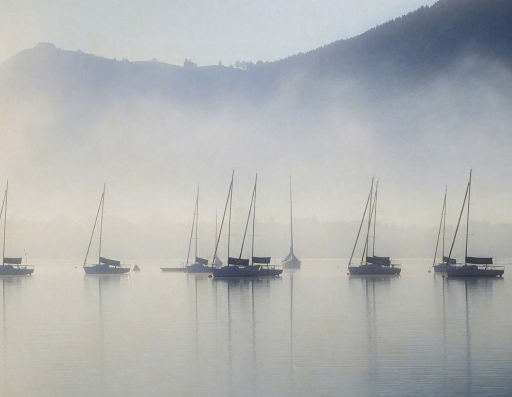
No comments or ratings have been added to this POI.